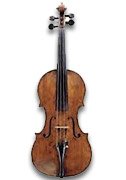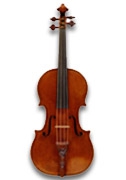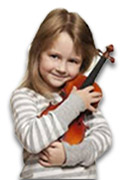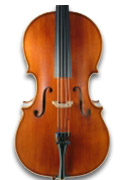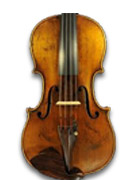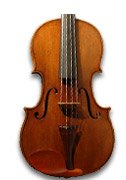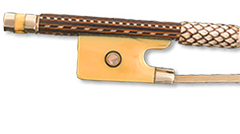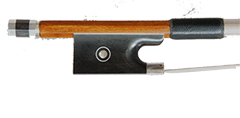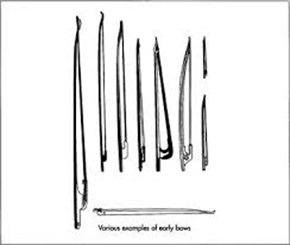- The Baroque Bow
Throughout the history of the violin, styles of playing have evolved. The longer Baroque bow required some changes in construction. With playability in mind, a more even distribution of weight was necessary. The height of the head was a major consideration, and ultimately, the convex bows became less popular, being superceded by a concave arch to the bow.Accommodating new techniques required development of a bow which could provide more control over the notes played. Longer bows, played using the overhand method, became the popular choice of the day. The violin became a solo instrument as the bow was able to allow the player to bow with greater sensitivity and modify the sound As was typical of the Baroque period, each bow became an expression of artisans craftsmanship. This was a unique period in the history of the violin. Bows were fluted, made from a variety of premium woods, frogs and heads were shaped into designs, carrying the craftsman‘s personal touch. What is, however, typical of Baroque-period bows is the diversity of shapes and designs
- The Classical Bow
By the late 18th century, the bow was again transitioning. More and more pieces were composed for soloists and, in order to hold its own in the concert arena, the violin needed a more assertive sound. The bow would need to allow for these more powerful pieces through its construction and versatility. Soloists and Virtuosi of the day played a major role in development of the Classical bow. Changes were made to strengthen the violin bow by improving the breaking strength and including a metal underslide, which helped to stabilize the weak points of the Baroque bow.
- The modern violin bow is the result of the mathematical applications of Francis Xavier Tourte. Tourte, essentially the father of the modern bow, took the bow to a new level by making it stronger, introducing changes to the shape of the stick, and improving the mounting for the wider, thicker horsehair. The balance of Tourte’s bow allowed for a quick response, which broadened the versatility of the instrument itself and introduced new techniques. Today’s Modern bow, like its early prototypes in the history of the violin bow, is made primarily of hardwood, brazil wood, and pernumbuco. Students of the violin typically utilize the composite bows, which are made of fiberglass and carbon fibres, offering more affordability when they are starting out. The use of these materials is partially a response to the shortage of good pernambuco.
Visit our violin shop for old violins.French violins, Italian violins and violas.
or visit our section of professional French violin bows, or French cello bows
Visit our cello shop







